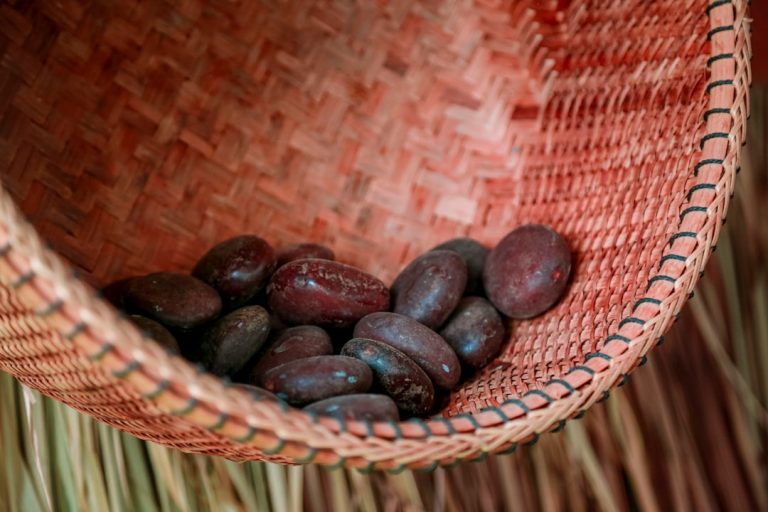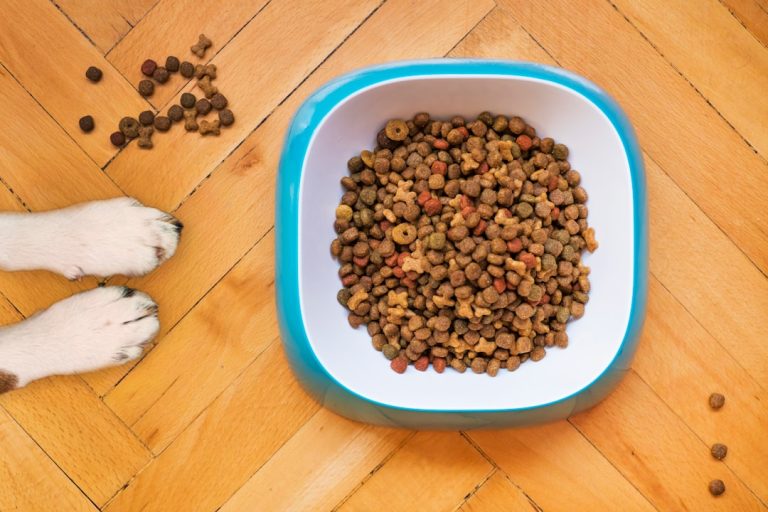My Guide to Understanding Different Plastic Recycling Codes.
My Guide to Understanding Different Plastic Recycling Codes
Have you ever stood by the recycling bin, a plastic container in hand, staring at that little triangle of chasing arrows with a number inside, and felt a pang of confusion? You’re not alone. In a world increasingly aware of its environmental footprint, understanding how to properly recycle plastics is more crucial than ever. Billions of tons of plastic waste accumulate globally, with only a fraction being effectively recycled. But let’s be honest: the system can feel like a secret code, designed for experts rather than everyday consumers. That’s precisely why I’ve put together *My Guide to Understanding Different Plastic Recycling Codes* – to demystify those symbols and empower you to make informed, impactful recycling decisions that contribute to a healthier planet.
This isn’t just about tossing things into a bin; it’s about connecting with a global effort to reduce waste, conserve resources, and foster a more sustainable future. By the end of this guide, you’ll not only understand what each number means but also why that understanding is a powerful tool in your hands, transforming you from a confused consumer into a confident, responsible recycler. Let’s embark on this journey to decode the language of plastics and become better stewards of our environment.
Unraveling the Resin Identification System: More Than Just Arrows
Before we dive into the specifics of each number, let’s understand the system itself. Those familiar triangles with numbers inside are officially known as Resin Identification Codes (RICs), originally developed by The Plastics Industry Association (SPI) in 1988. Their initial purpose wasn’t actually for consumer recycling. Instead, they were created to help industrial recyclers and plastic manufacturers sort different types of plastic polymers for reprocessing. Think of it as a universal language for the plastics industry, ensuring that batches of raw plastic resin could be consistently identified and separated.
However, over time, these codes became the de facto standard for consumer recycling, guiding us on what *might* be recyclable. The chasing arrows symbol itself doesn’t guarantee recyclability; it merely identifies the type of plastic resin used. This is a common misconception, often leading to “wishcycling” – the act of putting items in the recycling bin hoping they’re recyclable, even without certainty. The number within the triangle tells us the specific polymer makeup, which is critical because different plastics have different chemical compositions, melting points, and reprocessing requirements. For instance, melting PET (Code 1) with HDPE (Code 2) would result in a contaminated, unusable sludge, rendering the entire batch worthless for high-quality recycling. So, while the arrows suggest “recycling,” the number is the true key to understanding its potential journey and whether your local recycling program can actually process it.
My Deep Dive into the Seven Core Plastic Personalities (and the “Other” Category)
Now, let’s get into the heart of the matter: what each number signifies. Understanding these “plastic personalities” is your first step toward becoming a recycling savant. Each code represents a distinct type of plastic with unique properties, common uses, and varying degrees of recyclability in municipal programs. Knowing these distinctions is vital for effective sorting and reducing contamination.

Code 1: PET (Polyethylene Terephthalate) – The Clear Choice for Beverages
- What it is: PET is a clear, strong, and lightweight thermoplastic polymer. It boasts excellent clarity, strength, and a high barrier to gas and moisture, making it ideal for preserving freshness. It’s also shatter-resistant.
- Where you find it: This is the plastic for most single-use beverage bottles like water, soda, and juice. You’ll also find it in salad dressing containers, peanut butter jars, cooking oil bottles, and some oven-safe food trays. Globally, PET is one of the most widely produced plastics.
- Recyclability: PET is highly desirable for recyclers and is one of the most widely accepted plastics in curbside recycling programs across North America and Europe. Its high demand ensures a robust market for recycled PET (rPET). It can be transformed into new bottles (bottle-to-bottle recycling), polyester fibers for clothing (like fleece jackets and sportswear), carpets, strapping, and even automotive parts. Recycling a PET bottle can save significant energy compared to producing a new one from virgin materials.
- Tips for recycling PET: Always empty and rinse containers. Most programs allow caps to be left on, but check local guidelines.
- Key takeaway: Generally safe, highly recyclable, and a crucial component of a circular economy. Always prioritize recycling PET.
Code 2: HDPE (High-Density Polyethylene) – The Sturdy Staple of Household Goods
- What it is: HDPE is an opaque, rigid, and incredibly durable plastic known for its excellent chemical resistance and high strength-to-density ratio. It can withstand extreme temperatures and is less permeable than other plastics.
- Where you find it: HDPE is ubiquitous in household products. Think milk jugs, detergent bottles, shampoo and conditioner bottles, motor oil containers, bleach bottles, and large trash cans. It’s also used for some plastic bags (though these often require separate collection) and children’s toys. Its robustness makes it suitable for items needing longevity.
- Recyclability: Like PET, HDPE is highly recyclable and widely accepted in curbside programs due to its strong market value and ease of reprocessing. Recycled HDPE is used to make a wide array of new products, including plastic lumber for decks and playground equipment, picnic tables, waste bins, drainage pipes, fencing, and new bottles. Its versatility in recycling makes it a cornerstone of many municipal initiatives.
- Tips for recycling HDPE: Empty and rinse containers. Caps are often made of PP (Code 5), but most facilities can process them together with the HDPE bottle if left on. Verify with your local program.
- Key takeaway: Another excellent candidate for recycling, often a core component of municipal programs. Its opaque nature often distinguishes it from PET.
Code 3: PVC (Polyvinyl Chloride) – The Controversial Contender
- What it is: PVC is a versatile plastic that can be rigid or flexible. It’s known for its excellent durability, weather resistance, and chemical stability. However, its production and disposal raise significant environmental and health concerns, primarily due to the release of toxic chemicals, including chlorine.
- Where you find it: In its rigid form, PVC is common in plumbing pipes (think white drain pipes), window frames, siding, and some building materials. Flexible PVC is used in shower curtains, some food cling wrap, medical tubing, garden hoses, and occasionally blister packaging or children’s inflatable toys.
- Recyclability: PVC is rarely accepted in curbside recycling programs due to its complex chemical composition and the presence of additives (like phthalates and heavy metals) that can leach out or contaminate other plastics if mixed. Its chlorine content also poses challenges during reprocessing, potentially releasing harmful dioxins. Specialized recycling facilities exist for industrial PVC waste, but they are uncommon for household waste.
- Tips for avoiding/recycling PVC: Look for alternatives where possible. If you encounter PVC, assume it’s not curbside recyclable unless explicitly stated by your municipality.
- Key takeaway: Generally avoid placing in your curbside bin. Look for specialized drop-off points (rare for consumers) or consider alternatives to PVC products.
Code 4: LDPE (Low-Density Polyethylene) – The Flexible Friend with a Catch
- What it is: LDPE is a flexible, soft, and translucent plastic. It has good impact resistance, is relatively transparent, and is used where flexibility and toughness are required.
- Where you find it: This plastic is most commonly encountered as thin films and bags: grocery bags, dry cleaning bags, bread bags, produce bags, squeeze bottles (like honey or mustard), plastic film (such as cling wrap), and some flexible lids. It’s also used in coating for milk cartons and disposable coffee cups.
- Recyclability: While technically recyclable, LDPE is often NOT accepted in curbside bins because its flimsy nature can jam sorting machinery at Material Recovery Facilities (MRFs). These films get tangled in rotating equipment, causing shutdowns and costly repairs. However, many grocery stores and retail chains offer dedicated drop-off bins for plastic bags and film. These collected films are then baled and sent to specialized recyclers. Check the Plastic Film Recycling website for locations near you.
- Tips for recycling LDPE: Never put plastic bags or film in your curbside bin. Always gather clean, dry films and take them to designated store drop-off points.
- Key takeaway: Don’t put plastic bags or film in your curbside bin! Seek out store drop-offs for proper recycling.
Code 5: PP (Polypropylene) – The Versatile Workhorse
- What it is: PP is a durable, heat-resistant, and somewhat flexible plastic with a high melting point. It’s known for its excellent chemical resistance, fatigue resistance, and ability to act as a barrier to moisture. PP is often opaque or translucent.
- Where you find it: PP is incredibly versatile. You’ll find it in yogurt containers, medicine bottles, bottle caps (for PET and HDPE bottles), butter tubs, sour cream containers, disposable diapers (the outer layer), automotive parts, reusable food storage containers (like Tupperware), and even some outdoor furniture. Its heat resistance makes it microwave-safe in many applications.
- Recyclability: PP recycling has been steadily growing in acceptance, but it still varies significantly by municipality. Historically, its lower market






